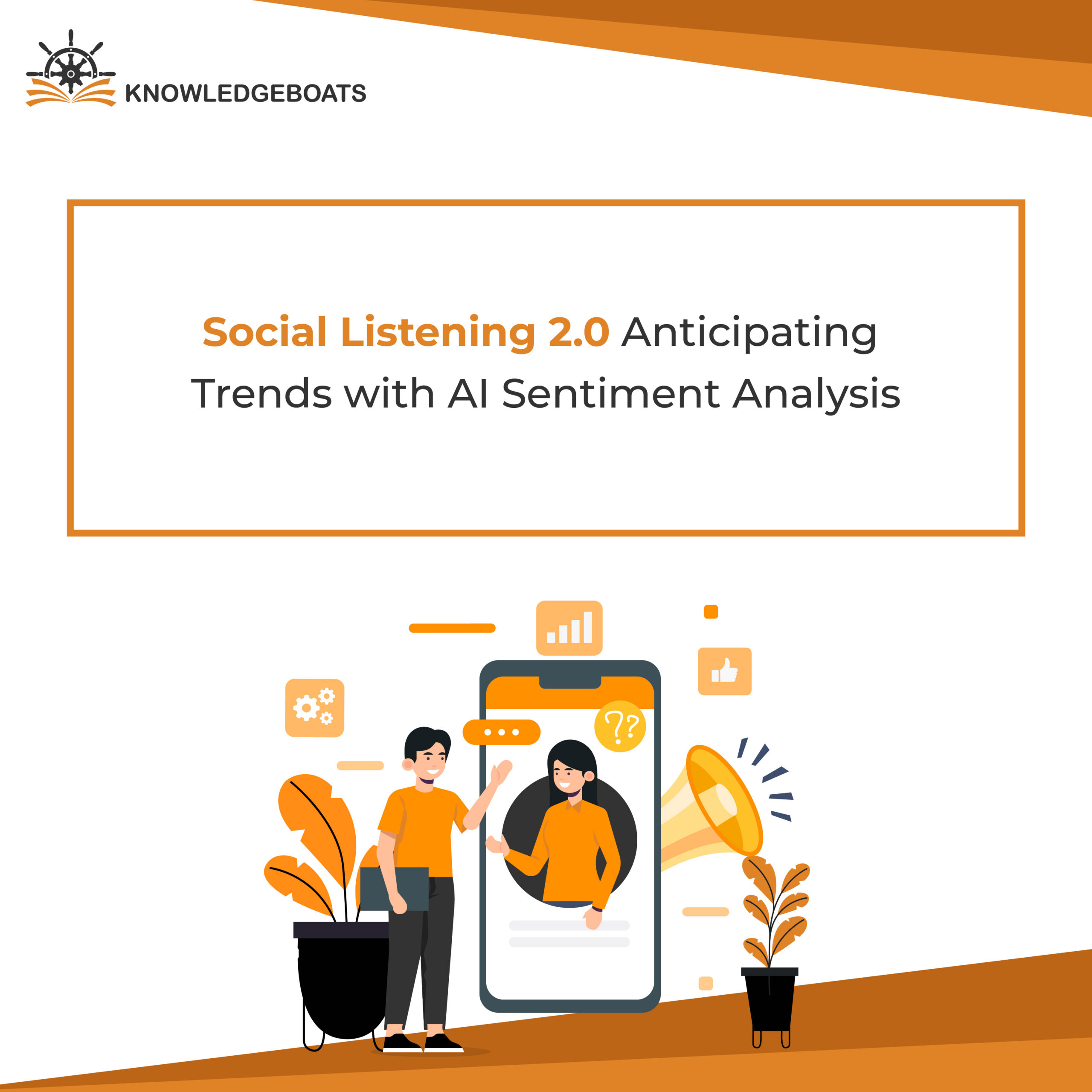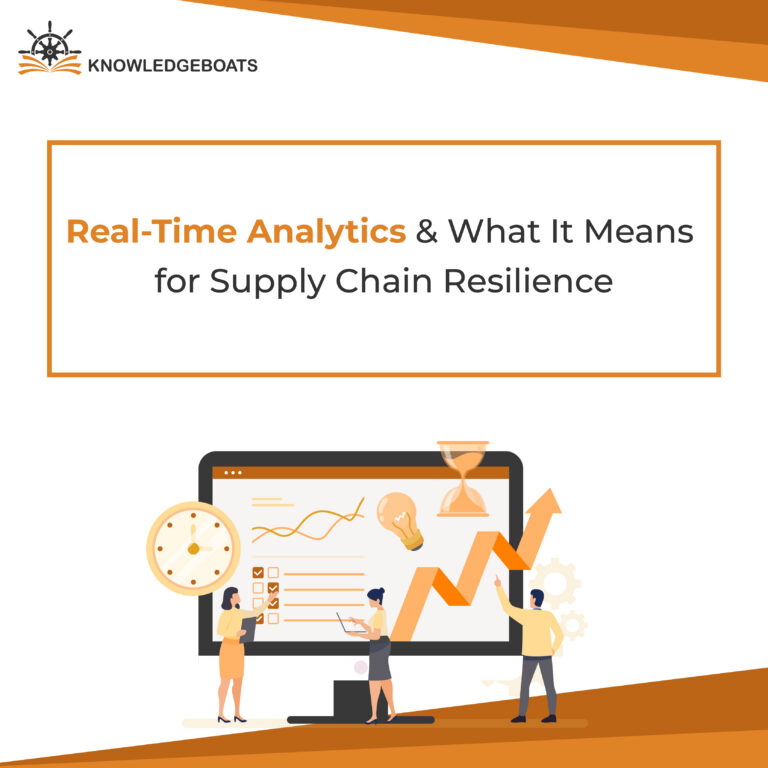
Ever have that feeling? You log on one morning, and suddenly everyone is obsessed with Stanley cups, or “quiet luxury,” or a new skincare ingredient you can’t even pronounce. You feel like you missed the memo.
As a brand, that feeling is a thousand times worse. You’re left scrambling to catch up with a conversation that’s already happening, trying to surf a wave that has already crested.
For years, we’ve tried to avoid this with “social listening.” We’ve used tools to count brand mentions, track keywords, and measure our slice of the social media pie. It’s been… okay. It’s like getting a report card for last month. It tells you what already happened, but it doesn’t help you study for the next test.
This is reactive. It’s looking backward.
What if you could feel the weather changing before the storm hits? What if you could hear the whispers before they become a roar?
This is what some people call Social Listening 2.0. At its heart, it’s a new superpower for anyone trying to understand people, and it’s all thanks to AI sentiment analysis.
The Difference Between Counting Mentions and Understanding Feelings
Let’s be real. Traditional social listening is basically a glorified search bar. It tells you 1,000 people mentioned your new running shoes. Cool. But was it good? Bad? Were they excited? Frustrated? Did they love the color but hate the fit? The number itself is useless.
This is where AI comes in, and it’s not as scary as it sounds.
Think of AI sentiment analysis as a translator for human emotion. It uses a type of AI called Natural Language Processing (NLP) to read a sentence and understand the feeling behind it.
And it’s gotten scary good. It can tell the difference between:
- “This is the best coffee I’ve ever had!” (Clearly positive.)
- “Wow, this coffee is great, if you enjoy the taste of burnt tires.” (Clearly sarcastic, and very negative.)
A simple keyword search for “great coffee” would lump both of those into the “positive” pile, giving you a completely skewed picture of reality. AI-powered social listening knows better. It gets the joke and understands nuance. It’s the difference between hearing the words and understanding the meaning.
From Catching Up to Getting Ahead of the Curve
When you can understand the emotions driving conversations online, you stop being a historian and start becoming a fortune-teller. You can start anticipating trends with sentiment analysis because you can spot the patterns before they’re obvious.
Here’s how it plays out in the real world:
- Spotting the Seed of an Idea: AI can scan millions of posts and notice a tiny, but growing, number of people in a niche community talking about “mushroom-based leather.” The volume is low, so old-school tools would ignore it. But the AI sees that the sentiment is intensely positive and curious. It flags this as a potential breakout trend for a fashion brand, a full year before it hits the mainstream.
- Feeling the Vibe Shift: Remember when everyone was obsessed with “hustle culture”? An AI could have detected the turning point. It would have seen the sentiment around words like “grind” and “always on” slowly shift from positive and aspirational to negative and exhausted. For a brand in the wellness or productivity space, that’s a signal to pivot your messaging from “hustle harder” to “work smarter and rest.”
- Solving a Problem People Don’t Even Know They Have: An AI might notice that within conversations about meal delivery kits, there’s a rising tide of frustration around “all the plastic packaging.” At the same time, in a completely different corner of the internet, it sees excitement around “compostable materials.” A smart food company can connect those two dots and predict that a “zero-waste meal kit” is the answer to a growing emotional need.
This isn’t about big data but about understanding big feelings.
This Changes Everything. Seriously.
When you start listening this way, you can make smarter decisions everywhere.
- You can build products people want. Instead of guessing, you can see the frustrations people have with your competitors’ products and design something that solves those exact problems.
- Your marketing becomes more human. Imagine your team thinks the biggest selling point of your new car is its gas mileage. But the AI shows you that what people are really excited about is the surprisingly spacious trunk. You can shift your ads to talk about that, connecting with a real, emotional selling point you would have otherwise missed.
- You can put out fires before they even start. A smart AI sentiment analysis tool can act like an early-warning system. It can detect a small but intense spike of anger about a specific feature in your app update. You can get your tech team on it and release a fix before it turns into a review-bombing nightmare.
The Future Isn’t About Shouting Louder
For so long, marketing has been about who has the biggest budget to shout the loudest. But we’re entering an era where listening is the most valuable skill.
The brands that win won’t be the ones who track us across the internet. They’ll be the ones who understand our hopes, our frustrations, and our needs.
Social Listening 2.0 isn’t just another piece of tech. It’s a tool for empathy at a massive scale. It’s about stopping the guesswork and starting to genuinely understand what people want, sometimes even before they do.
It’s time to stop counting what people said yesterday and start listening for what they’ll be feeling tomorrow.


